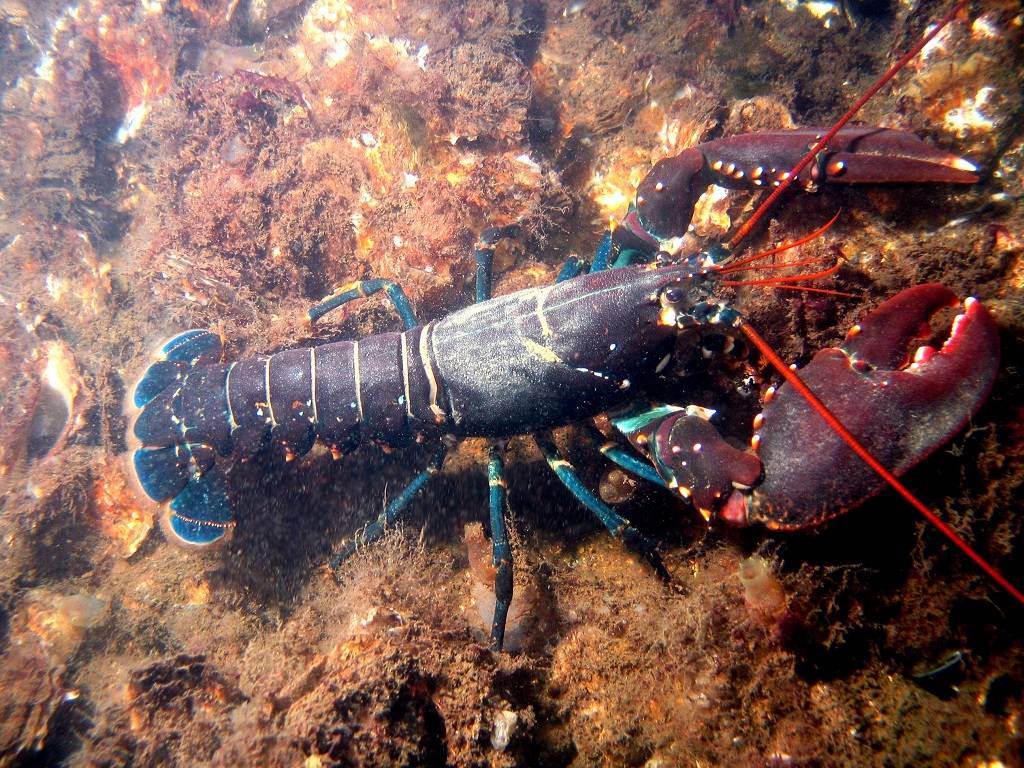
Stock aquaculture looks to be the only way to supply the ever-increasing demand for high-value seafood like lobsters, as capture fisheries have hit their output.
Lobsters are in high demand and have a high price with live lobsters being the most popular. Customers in rich countries are willing to pay a higher price for fresh fish. Lobsters are exported in a variety of ways, including live lobsters, frozen tails, whole frozen, whole chilled, whole cooked, frozen, and lobster meat.
Lobsters of all sizes are taken and sold as a result of rising demand, and the resource is under severe fishing pressure. Short-term fattening can be used to enhance the value of lobsters until hatchery technology is marketed. Holding low-value lobsters for value addition and capturing wild pueruli for commercial grow-out appears to be both technically and economically viable options. Tropical spiny lobsters have more favorable traits and are better adaptable to agricultural circumstances. Lobsters are widely recognized aquaculture species because of their tolerance to large stocking in regulated settings, communal life without cannibalism, acceptance of pelleted feed, and great market demand.
Breeding and Hatchery Production
P. homarus, P. polyphagus, P. ornatus, P. longipes, and P. versicolor have all been successfully bred in captivity in India. When the ideal climatic conditions are present, lobsters kept in broodstock holding systems mate and reproduce. There have also been reports of repetitive breeding. P. homarus and P. ornatus juveniles are raised to maturity in captivity, and effective breeding has been accomplished in India as well.
Fishermen obtain egg-bearing lobsters, which are also good for egg hatching and raising. With a mixed diet of Artemia and plankton, Phyllosoma larvae of P. homarus are raised to stage 8 in 42 days. Predators are the Phyllosoma larvae. However, survival rates range from 0.01 to 10%, and contamination of the culture environment by microbes, notably protozoans, is a major factor. Because of the extended larval period (>300 days) and low survival, commercial seed production technology is still a question mark for most lobsters. As a result, lobster cultivation relies heavily on naturally occurring wild pueruli seeds.
Seed Source
As the swimming pueuli move inshore following their oceanic growth period, a great number of fishing devices are used to capture them. Trammel gill nets are used to catch around half of all lobster. Approximately 2–3 million pueruli are collected each year between October and March, with P. ornatus (70 percent) and P. homarus (30 percent) accounting for the majority (25 percent).
Collection and transportation of juveniles
Lobsters are stored in damp sand until they are sold or traded. They are held in recirculating holding tanks or cages with a higher stocking density until they are exchanged. The price of a larger lobster is more. When lobsters are bred in low water quality and high stocking density, they become fragile and prone to illness. As a result, these are not appropriate for growing out. It may also perish slowly after being stocked when carried over extended distances.
When the lobster's shell becomes a reddish color, it's a sign that it's under stress. Because juveniles are vulnerable to stress, they should be kept in the water as soon as possible after being brought to land. It is preferable to maintain them in damp sand rather than a low-quality cage with excessive stocking.
To avoid injuries below the abdomen, extreme caution should be taken when removing the net. They get infected by lethal diseases through these injuries while being held in an unhygienic situation, and there have been cases of significant mortality owing to pathogenic bacteria infection.
















